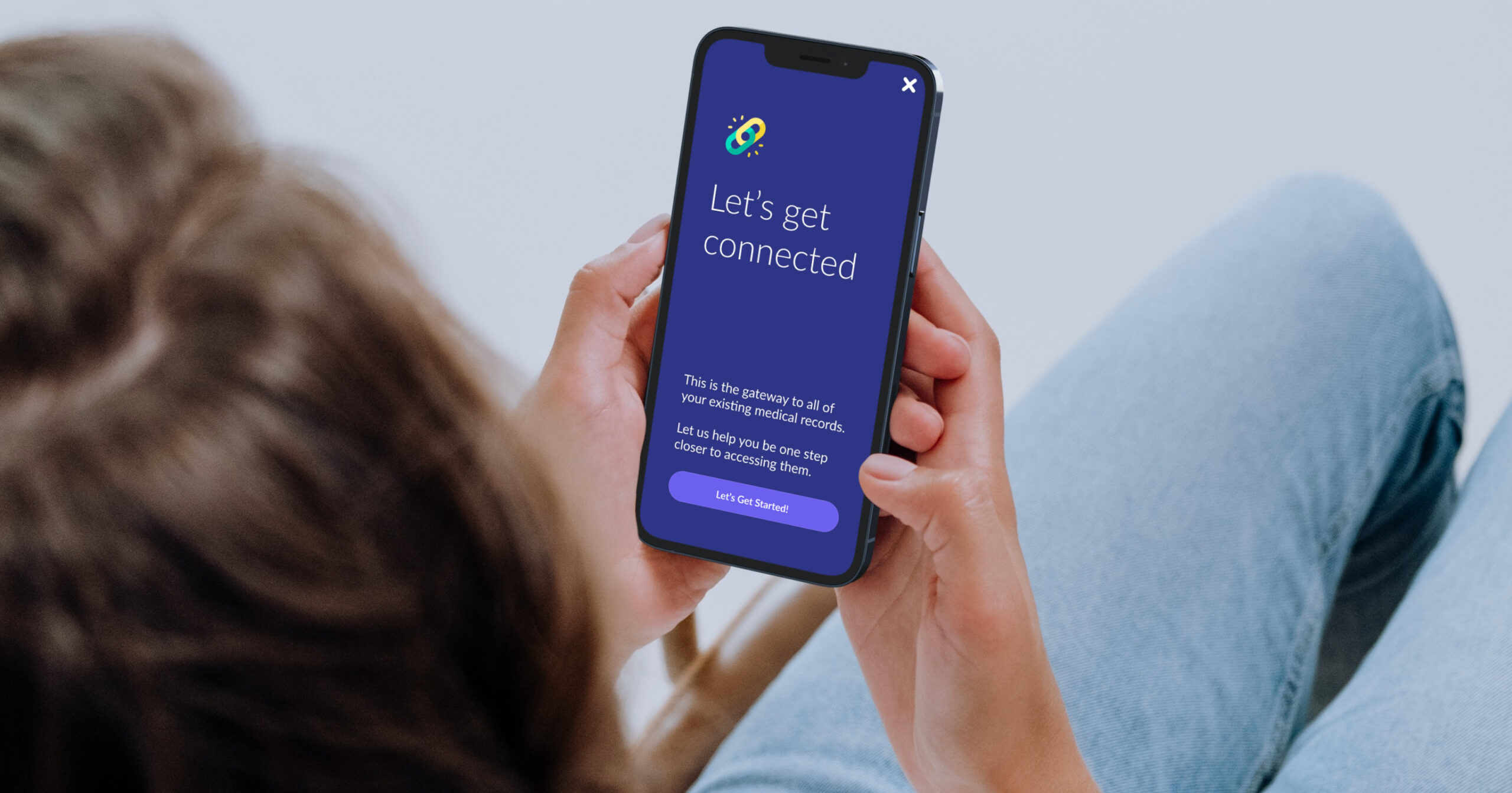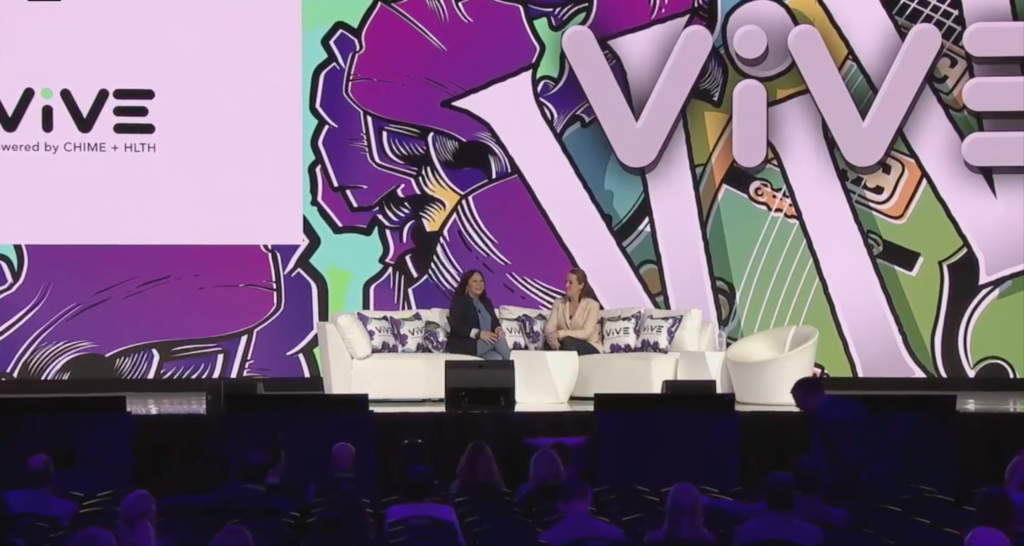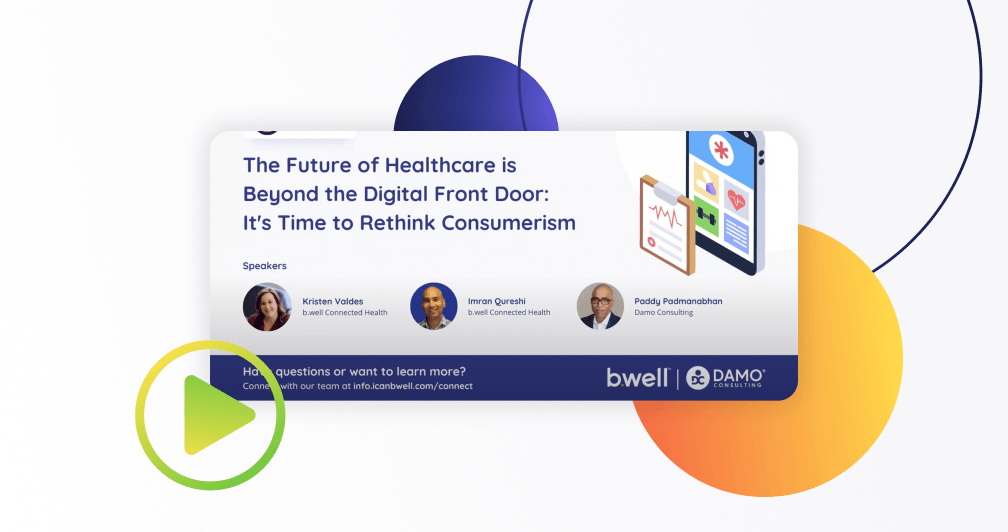What exactly is the “consumerization of healthcare?” Put simply, it is an approach to healthcare that puts individual consumers at the center, empowered by digital technologies.
The high cost of health insurance, regulations encouraging data sharing, and digital technologies are changing consumer expectations. Now digital-savvy consumers are no longer willing to tolerate long waits for doctor appointments, poor experience, impenetrable bills for service, and all the other inconveniences of the traditional provider-centric healthcare system.
Consumers are seeking three key things in their healthcare experience
Studies have shown that consumers of healthcare prioritize three things:
- Personalization: A healthcare experience where care providers know them and where care is specific to their needs
- Affordability: Economically manageable care choices
- Convenience: Access to care when, where and how it best suits them
Imagine this scenario… Jessica, a single mother of three children, has always been the type of person who takes matters into her own hands. What do we mean by that? When her high-priced HMO provider raised its rates without giving offsetting benefits, Jessica had enough and switched plans to a lower-cost provider. After this change, one of Jessica’s sons received inconclusive medical advice from his pediatrician, she decided to take note of his symptoms to search online for answers and took her findings to a different doctor for consultation and proper diagnoses.
Jessica is just one example of how healthcare consumers and their preferences are accelerating the consumerization of healthcare.
When enough consumers shift their preferences, entire industries shift with them
The list of tech giants and retailers expanding into the healthcare industry gets longer and longer every day. Traditional healthcare organizations accustomed to competing only against the hospital up the street are now fighting to see who can capture consumers’ attention in their time of need and are searching for ways to build loyalty to their organization.
Amazon is one example of a retailer emerging into the healthcare space, disrupting average competition and operations. In November 2022, Amazon announced Amazon Clinic, a virtual platform where self-paying users can connect with healthcare providers to treat common ailments such as allergies or skin conditions. Today’s consumer already trusts Amazon to provide everything from gifts to groceries daily. Hence, it makes sense that some would trust Amazon to provide their virtual care instead of the healthcare organization they only visit for critical needs.
Tech giant, Google, is pushing to provide consumers with easier access to care with its search engine addition of an appointment tool. By partnering with companies such as CVS, consumers are now able to book Minute Clinic appointments directly from Google. Healthcare organizations must now find a way to make access to their providers as easy as a simple search engine query.
Providing various care options that are personalized and convenient have quickly become table stakes to continue to be an organization consumers turn to for their in-person and virtual care needs. Amid an already demanding financial environment, emerging disruptors increase pressure on healthcare organizations’ bottom lines. Earning and keeping a consumer’s business could make or break for some organizations.
But what does the consumerization of healthcare look like?
Remember our scenario of Jessica at the beginning of our article? Well, now imagine if Jessica can access all her family’s health and well-being tools under a unified, net-neutral location that goes beyond transactional behaviors. By connecting her health data and adding a layer of data science, Jessica is provided with real-time next best actions for her family’s care — much like how her Spotify suggests new podcasts and songs based on listening preferences.
Traditional and non-traditional healthcare entities are the new care connectors, investing across the continuum of health services while applying their experience in B2C and knowledge of technology to make consumers’ health journeys simpler, more transparent, and more affordable.
This strategy has already proven effective, allowing retailers to make a name for themselves as providers of high-quality healthcare services at affordable prices. We expect this approach to continue disrupting traditional referral patterns and accelerate the transition to risk-based care delivery and payment.
Enter the B2C2B model
The key to creating a thriving healthcare ecosystem to support the consumerization of healthcare is building an open and person-centered network. Known as B2C2B (a mix of B2B and B2C), this model has healthcare businesses utilizing consumer health data as fuel to finally give families the convenience they need to own their care. As a result, the consumer healthcare experience is transformed from passive consumption to one where the consumer is empowered to own their care journey.
The b.well business model provides one example of B2C2B: we connect all stakeholders – payers, health systems, provider groups, employers, pharmacies, and digital health point solutions – through a secure, interoperable network. This connectivity empowers our clients to leverage and better serve all of their lines of business and not just the direct patient encounters they have in place today. This network effect has the power to drive a market evolution and accelerate healthcare’s ability to deliver on consumerism.
The consumerization of healthcare has the potential to solve healthcare’s toughest challenges
As we build an open, secure, interoperable network designed to place consumers at the center, we welcome others from the healthcare community to adopt the same consumer-centered architecture we enable for our clients. Doing so will build a collaborative network where all can collectively leverage connectivity to satisfy consumer needs and solve healthcare’s toughest challenges.



